Nothing could be simpler, or more complex, than organic fertilizer. Garden stores make it seem like it’s something that you buy in bags. Big Agriculture makes it seem like it’s something that’s less efficient than chemical fertilizers, and therefore useless unless you have a special interest for using it. Online, the options for organic fertilizer are endless, and every one is more expensive or complicated than the last.
If you can hear me through the roar of advertising, I want to share a secret. Before organic gardening was a thing, it was just called gardening. Our modern age of artificial soil amendments and bagged pre-mixes have unnecessarily complicated the completely accessible and completely DIY-possible nature of growing chemical-free food for your family with the materials you have in your own world. Wherever there is life, there is organic fertilizer. You just need to know where to look and how to use it!
Some of the best organic fertilizers around you right now include:
- Greywater
- Vermiculture
- Animal Manure
- Humanure
- Vegetable Compost
- Ashes
Read on to find out just how easy, cheap, and sustainable it is to care for your vegetable garden the natural way.
What Is Organic Fertilizer?
To put it simply, organic fertilizers are fertilizers derived from living things, as opposed to the chemical fertilizers that are artificially synthesized. The label “organic” may be a bit misunderstood in the 21st century. It means that the fertilizers are minimally processed, and the nutrients are still bound up in their natural form rather than refined. It does not have the same meaning as the label you find on organically grown food!
Since fertilizer isn’t meant for human consumption, there’s no governing association monitoring its chemical makeup with the same stringency as organic food certification. I imagine the convenient association of terms is a bit too lucrative for most fertilizer companies to clarify, but organic fertilizer is hardly a new thing.
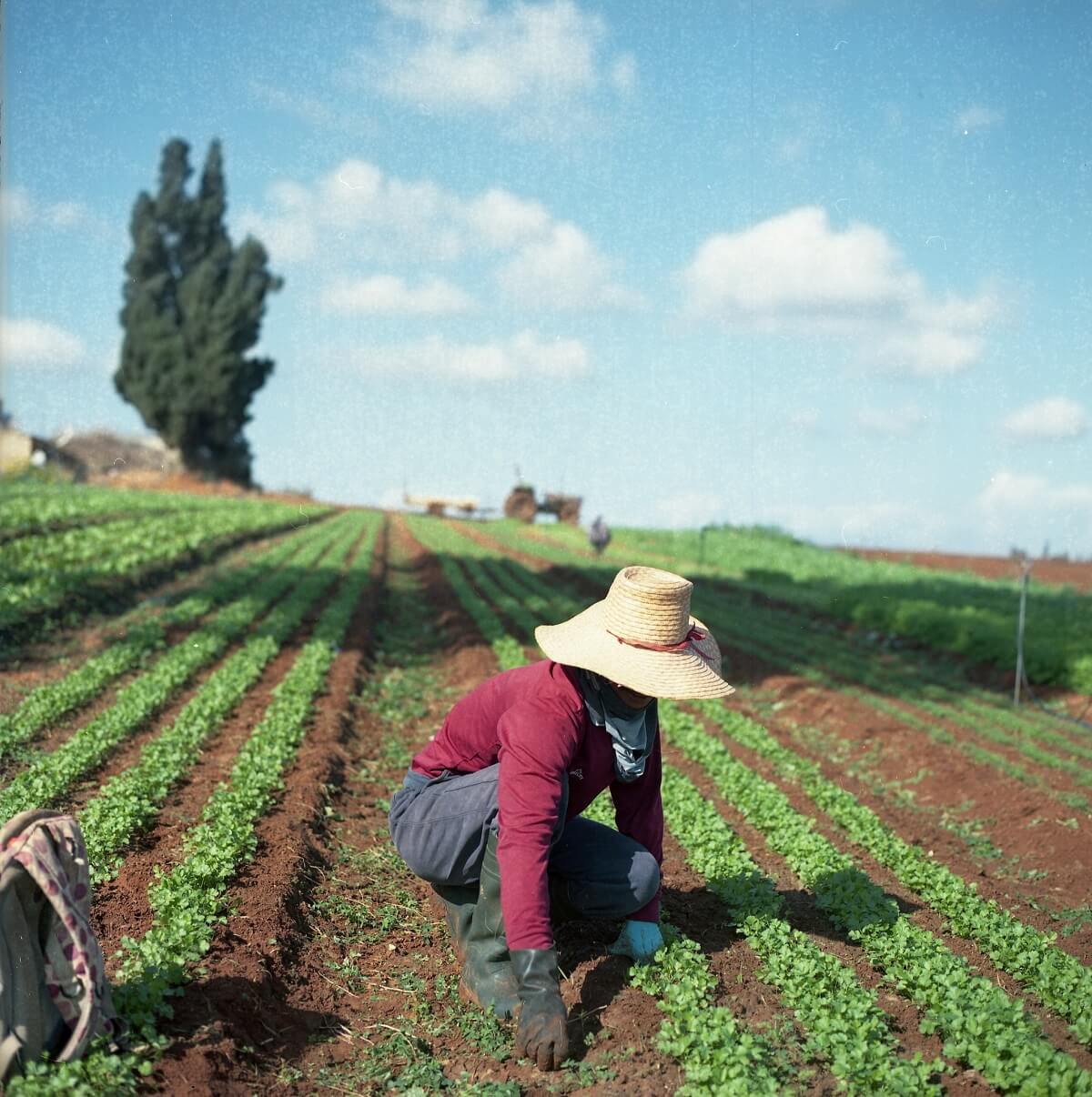
The practice of amending soil with nutrient-rich matter is actually something that happens naturally. Floodplains along rivers are inundated with muck from spring rains, resulting in fertile riversides. Fallen fall leaves compost over the winter to nourish the forest floor. The collective deposits of migrating ducks and dead fish make the bottoms of ponds a veritable buffet for growing things.
The farmers and gardeners of the distant past have been copying this practice — ever since there have been farms and gardens — and enriching the soil by mixing in organic materials of various sorts. Manures, decayed plant materials, urine, ashes, and muck from the bottoms of ponds and canals were all collected with care and worked into the soil. They may not have been able to tell you what ratio of phosphorus, potassium, or nitrogen was in the amendment, but they knew it worked.
https://www.instagram.com/p/BTE4u52jsJh/
In the modern era, those three elements — often abbreviated as P, K, and N — are the foundation of commercial fertilizer blends. Chemical fertilizers are a pure blend of the isolated elements, quite concentrated, and quickly absorbed. Organic fertilizers, since they are derived from natural sources, are mixed up with lots of other micronutrients and minerals, and therefore depend on the microbes in the soil to break down and make the nutrients available to your hungry vegetable patch.
Organic Fertilizer Options
The best organic fertilizer is the stuff that you make with your own resources, not mystery material that uses tons of nonrenewables to be packaged, transported, and marketed to you. Your specific soil has its own specific needs, and the better you know your soil, the better you’ll know how to create your own amendments to make it safe and productive. I believe the big thing for long-term soil fertility is yearly upkeep and thoughtful soil management with carefully collected nutrition.
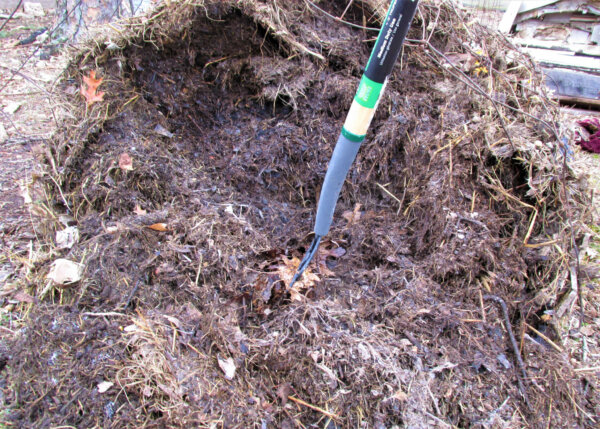
So where do you find that nutrition? Though they are often polluted, the materials used in store-bought organic fertilizers can be a source of inspiration for where to find your local fertilizer. Vegetable waste can come from your kitchen and garden, leaves cascade from fall trees, manures are offered daily from barnyard animals, ponds are storehouses of sludge (grab your waders!), and even your kitchen wash water can become a source of nutrients to hungry plants. All it takes is a change of perspective to see what used to be called “waste” as invaluable nutrients.
You can buy the rather expensive raw materials from your local garden store to blend your own fertilizer mix, but you really don’t need the expense. There are exorbitant amounts of fertility to be found in your daily environment or to be captured with just a little bit of legwork. Rather than just sprinkling bagged fertilizers, try creating soil fertility from these sources.
Greywater
In modern plumbing systems, the flushed materials with toilets (black water) mingle with the rinse water from hand washing, dishwashing, and bathing (grey water) turning it all into a wasteful sludge that is funneled away into oblivion.
https://www.instagram.com/p/BjIT0r8jDrP/
Greywater, however, is chock full of food bits and soap residues (especially if it is natural soap) that plants absolutely love. If you are able to separate your greywater (like the kitchen sink drain water) from the rest of your wastewater, your plants will benefit.
Vermicompost
Very urban-friendly. We used to keep a tub full of red wiggler worms in our basement in the city. They chow down on all of our food scraps to make wonderful worm casings and compost.
Animal Manure
Any animal’s poo is gold, especially if they are fed naturally. This may very well be one of the most important contributions animals can make to the long-term health of the homestead. Different animals offer different products — some can be applied directly to the soil, while others are “hot” and require composting before use. This article explains the uses of different livestock manure.
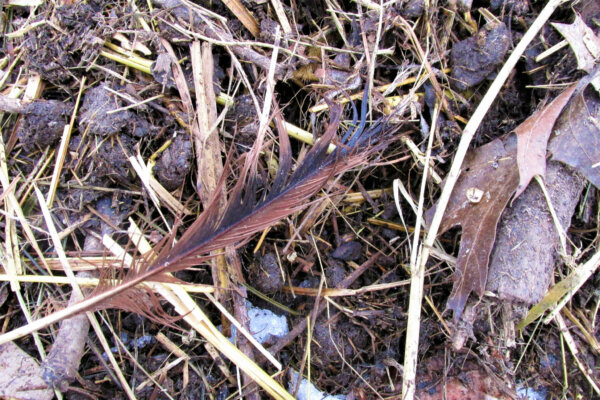
Living in the city with no animals to harvest manure? Never fear — you can still have beautiful soil. When we were livestock-less in our urban house, a quick Craigslist search led us to beautifully composted horse manure at a local farm — as much as we wanted, free for the taking.
Humanure
If you’re feeling really brave, controversial, and want to take a step in claiming a hugely available source of potassium, nitrogen, phosphorous, and untold other micronutrients, you can follow in the footsteps of traditional soil remediation from the past. Humanure is the portmanteau term for human manure, and yes, it’s exactly what it sounds like. It is not sewage. That refers the collective waste of toilets, sinks, road runoff, and whatever else gets thoughtlessly funneled to the Water Treatment Plant. Instead, it is carefully collected urine and feces, mixed with sawdust, leaves, and other microbially-rich plant material, and then composted for use in amending soil.
Harvesting soil nutrition from your own manure is more complicated than just dumping a bucket of poo on the veggie patch, though, so take the time to do your research and build the necessary setup for safely composting and using this neglected resource.
PLEASE BE AWARE: in order for humanure to be used safely, it MUST be composted. Dumping raw, uncomposted human excrement in the garden is dangerous, disgustingly smelly, and can result in disease.
Properly composted humanure — whether it is hot-composted or slow-composted over the course of two years — is pleasant-smelling, safe, and useful for enriching garden soils. Some resources will caution that you should only use composted humanure on fruit trees, never vegetable patches, while others will assure you that it is safe for all uses once composted. You do the research. You do the work. You decide.
If you are interested in this topic, you really need to read The Humanure Handbook. It’s available free online and is the go-to resource for revamping your understanding of what is called “human waste.” I’ll be honest. With the knowledge that contaminated biosolids are being sold as fertilizer under names like Milorganite and Dillo Dirt, this homesteader’s perspective is that homemade stuff is a lot more palatable than the collective poop of an entire city.
Vegetable Compost
Compost piles that are well kept aren’t stinky or eyesores. They are a fantastic way to turn weeds, grass clippings, leaves, and kitchen scraps into good soil — and it reduces the amount of garbage you produce as a bonus.
Ashes
Ashes are another traditional soil sweetener, and if you’re only tossing them out in the garbage, you’re wasting a hugely useful homestead material. This is great news for those of us who use woodstoves all winter.
What’s Really in Commercial Organic Fertilizers
So what is used to make commercial organic fertilizer? You may be surprised. Typically, commercial organic fertilizers are derived from “peat, animal wastes (often from slaughterhouses), plant wastes from agriculture, and treated sewer sludge.” Now that you know that the ingredients are not organic in the food sense of the word, understand that these commercial organic fertilizers may be totally loaded with materials that you wouldn’t want within a mile of your organic garden.
https://www.instagram.com/p/Bl75BJWn64y/
Peat is a non-renewable resource harvested from bogs, and sometimes drying up those precious wetlands in the process. Animal wastes — usually feather meal, bone meal for calcium, and phosphorous and blood meal for nitrogen — are byproducts of the meat processing industry and though they may save these materials from going to waste, they may also be loaded with antibiotics and other drugs commonly used in commercial animal production.
Plant wastes from agriculture aren’t necessarily from organic farms so it’s nearly guaranteed that they’ll be from GMO corn, soy, or canola, and yes … that final point said treated sewer sludge — from municipal sewers!
Rather shocking once you know what’s in the typical bag of store bought “organic” fertilizer, isn’t it? Therefore, I’m not going to be recommending any name-brand fertilizers. I just can’t. I know my perspective is not mainstream, and it would be a whole lot easier to just give you a list of products to buy, but we would never purchase and use fertilizers, organic or otherwise, on our homestead. We have begun learning there is an alternative to commercialized vegetable gardening. I simply want to share that realization with you.
https://www.instagram.com/p/Bgjj5cIBw2m/
Because in this homesteader’s perspective, depending on store-bought fertilizers to fix your soil is the same as just taking tons of vitamins in lieu of eating a whole-food, healthy diet. It is a short-term bandage, not a real cure.
But take heart! Healthy, fertile soil is totally accessible, and it will only cost you work and time, just like it has for centuries.
A Final Thought
You might think this article is a little harsh for what should just be a simple write-up on organic gardening resources, but I disagree. I think more gardeners should be outraged that they’ve inherited so many lies about what it takes to have healthy soil. Healthy soil is the right of anyone who grows their own food, and the skills it takes to care for it are within anyone’s grasp.
I am so vehement about teaching folks to take soil health into their own hands because the practice of artificially and chemically short cutting soil maintenance is what has led to pretty much every environmental problem we have in this post-industrial revolution world. Think about it. In the span of about three generations or so, the depletion of America’s topsoil has occurred at a staggering rate.
https://www.instagram.com/p/BiQss4uAnfB/
We trusted in chemical fertilizers to sustain us. They don’t last in the long run, and they take down our soil health, water health, and personal health along the way. More ancient agriculture, such as that documented in Farmers of 40 Centuries, used locally gathered, meticulously composted organic fertilizers to maintain soil fertility. This older system doesn’t make money for companies. It must be maintained by the individual. And it works!
So if you are fed up with chemical-soaked produce, agriculturally-poisoned waterways, overpriced organic health food stores, Big Ag dominance of the food industry, and prepackaged mystery dirt, it is time to simply do what folks used to know how to all around the world. Make your own organic fertilizer. If you want to make a change, you don’t need to grab your shovel and pitchfork and riot in the streets. Grab those tools and get that compost pile cooking!
Resources
- Farmers of 40 Centuries (full pdf available free online HERE)
- Restoration Agriculture
- Humanure Handbook (full pdf available free online HERE)
- Liquid Gold
- Earthship II


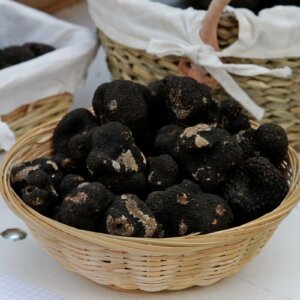

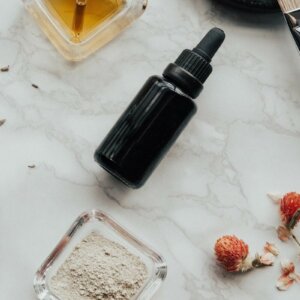
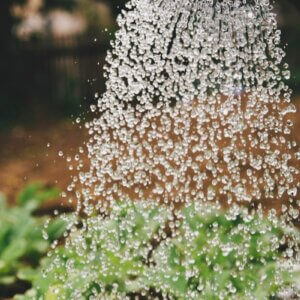
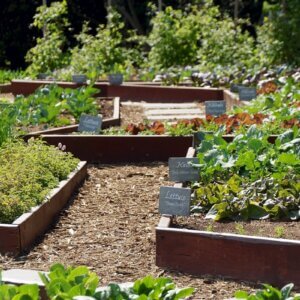
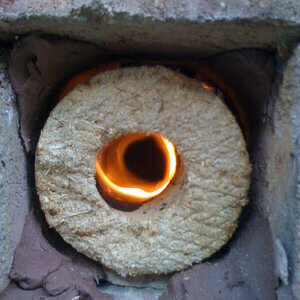


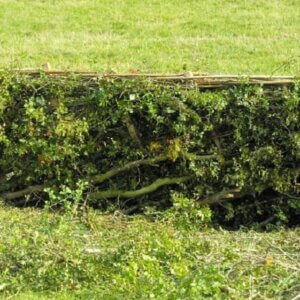


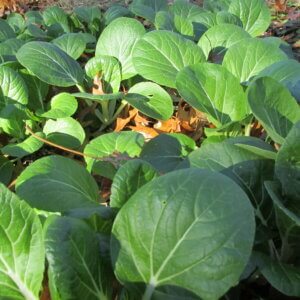






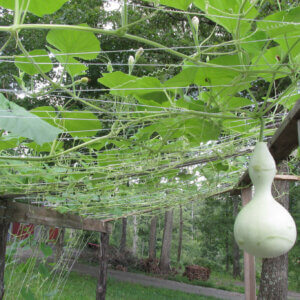

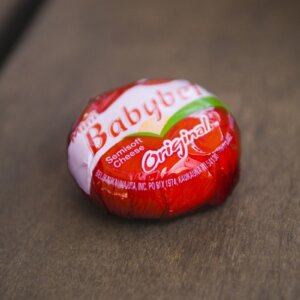
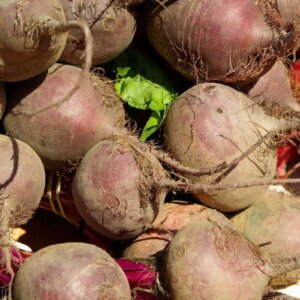
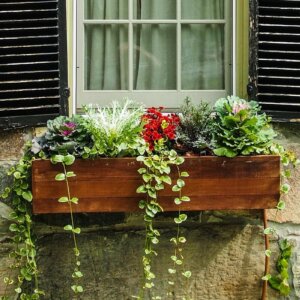
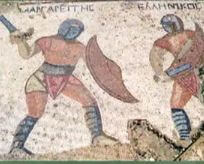

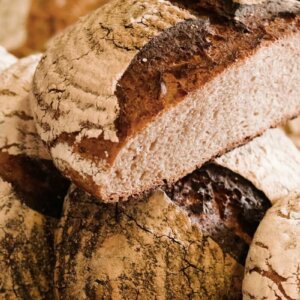
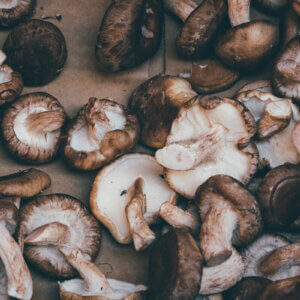


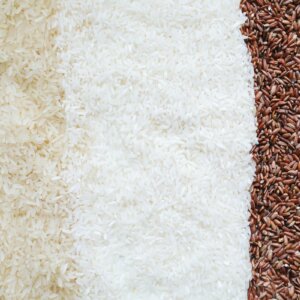
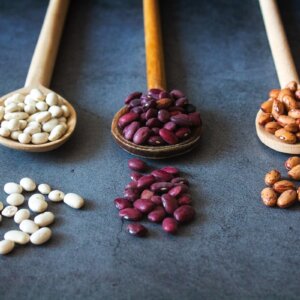
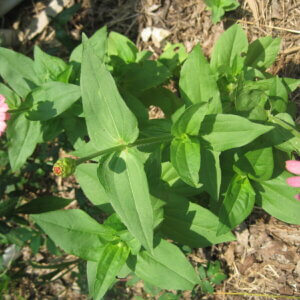

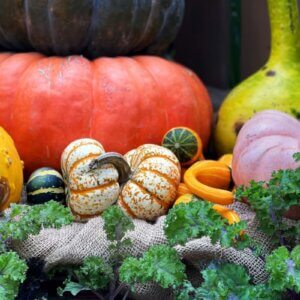

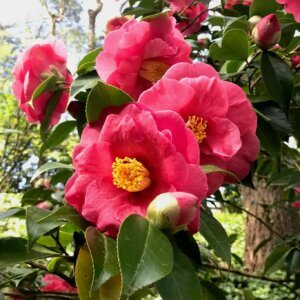


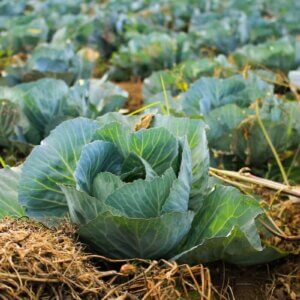
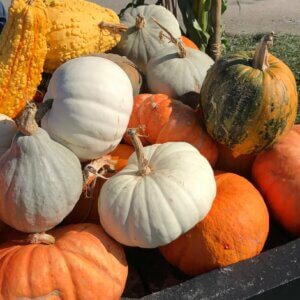
Leave a Reply